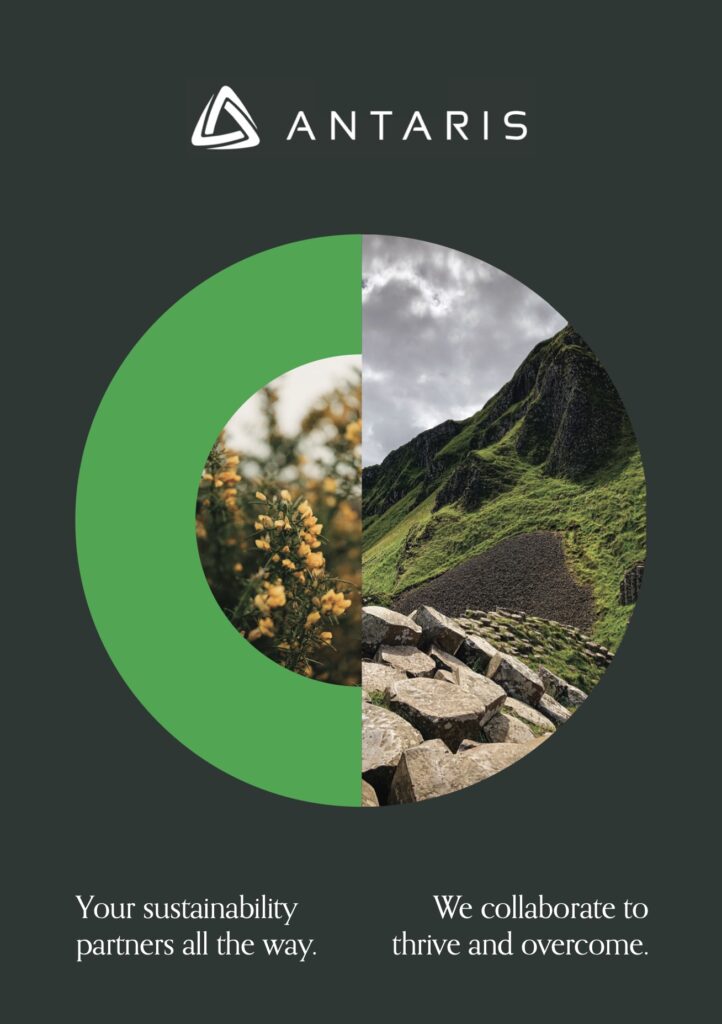Climate change is impacting society in various ways and will continue to do so owing to greenhouse gases emitted, since the start of the Industrial Revolution. The extent of future climate change will depend on the effectiveness of efforts to limit further emissions of greenhouse gases.
In November 2016, the Paris Agreement came into force with the aim of strengthening the global response to the threat of climate change by keeping a global temperature rise this century well below 2 degrees Celsius above pre-industrial levels and to pursue efforts to limit the temperature increase even further to 1.5 degrees Celsius. Additionally, the agreement aims to strengthen the ability of countries to deal with the impacts of climate change. To achieve these ambitious goals, appropriate financial flows, a new technology framework and an enhanced capacity building framework will be put in place, thus supporting action by developing countries and the most vulnerable countries. Implementation of the Paris Agreement, in addition to the United Nations Sustainable Development Goals (UN SDGs), as agreed in 2015, helps to drive global efforts towards actions that will reduce greenhouse gas emissions as well as build climate resilience.
Organisational impacts attributable to climate change can be physical, financial, regulatory and reputational, and can be direct and indirect. How organisations respond is increasingly scrutinised by investors, consumers and the media alike. No matter the sector that the organisation operates in, it is increasingly held accountable for its impact on, and response to, climate change.
ISO 14090:2019 Adaptation to Climate Change – principles, requirements and guidelines was published in September 2019. It offers a framework that enables organisations to consider climate change adaptation when designing and implementing policies, strategies, plans and activities.
The standard is relevant to all sizes and types of organisations where their activities, products and services might be threatened by, or in some cases be able to take advantage of, climate change.
This is the first in a range of ISO standards that aims to help organisations assess climate change impacts and put plans in place for effective adaptation. The standard sets out how organisations can prioritise and develop effective, efficient, specific and deliverable adaptations which will increase resilience and demonstrate robust and credible risk management, amidst the impact of climate change. A guidance document on ISO 14090 will shortly be published.
To ensure choice and flexibility, the content of the standard is pitched at a high-level allowing activities to be tailored to the needs of the organisation. The purposely non-linear nature of the standard’s approach allows organisations to adopt its structure no matter what stage they are at in their adaptation strategy – from those just starting out, to those already engaged in adaptation, to those choosing to lead the way.
This is ISO’s first standard on climate adaptation and is written in such a way as to be integrated into current business practices and priorities. This includes carrying out climate change adaptation activities in parallel with, or integrated with, climate change mitigation activities and other sustainability (for example GHG mitigation) priorities or SDG goals.
ISO 14090 can be used with other management system standards such as ISO 14001, the environmental management system standard and ISO 55001, the asset management system standard. ISO 14001 requires organisations to assess the impact that the environment is having on the organisation, and ISO 14090 assists with that.
The structure of the standard covers the following clauses:
Clause 1: Scope
Clause 2: Normative references
Clause 3: Terms and definitions
Clause 4: Principles (The principles described in this clause are fundamental to the process of climate change adaptation and are the basis for the requirements described in Clauses 5 to 10)
Clause 5: Pre-planning (Pre-planning is a process that prepares the organisation to implement Clauses 6 to 10)
Clause 6: Assessing climate change impacts including opportunities (The organisation assesses how its activities, products and services might be impacted by climate change)
Climate change impacts include, inter alia:
- impacts on employee health, safety and productivity;
- impacts on air quality;
- damage to assets and business disruption;
- loss of coastal infrastructure;
- storm surge, flooding and contamination;
- disruption to supply chains and distribution networks;
- changes in the cost of production;
- changes in the provision of ecosystem services;
- water scarcity impacts on operations;
- changing productivity of crops and livestock;
- impacts on regulation or other government interventions;
- fiscal measures, such as incentives and punitive taxes;
- impacts on financial institutions placing a premium on investment with high risk;
- changes in the ability to raise capital due to the perceived risk;
- impacts on business opportunities;
- changes in customer requirements.
Methods to assess impacts can include:
- risk assessment;
- vulnerability assessment;
- thresholds analysis.
Clause 7: Adaptation planning (The organisation assembles an adaptation plan from varied sources of knowledge, information and data, in the context of existing policies, strategies, planning and decision-making processes)
Clause 8: Implementation (The organisation must prepare an implementation plan)
Clause 9: Monitoring and evaluation (The organisation should review the adaptation plan so that satisfactory progress can be confirmed and indications of unsatisfactory progress can be highlighted early enough, triggering when additional action is needed and allowing corrective action to be taken)
Clause 10: Reporting and communication (The organisation may communicate its climate change adaptation to interested parties external to the organisation)


